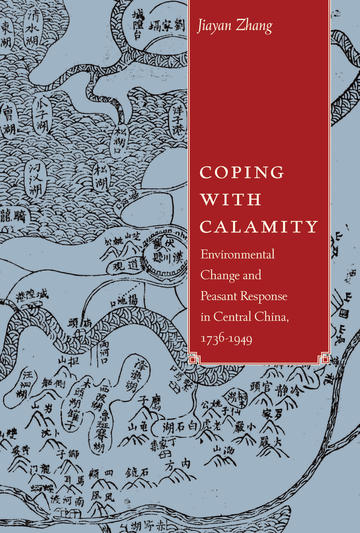The Jianghan Plain in central China has been shaped by its relationship with water. Once a prolific rice-growing region that drew immigrants to its fertile paddy fields, it has, since the eighteenth century, become prone to devastating flooding and waterlogging. Over time, population pressures and dike building left more and more people in the region vulnerable to frequent water calamities. The first environmental and socioeconomic history of the region, Coping with Calamity considers the Jianghan Plain's volatile environment, the constant challenges it presented to peasants, and their often ingenious and sophisticated responses during the Qing and Republican periods.
Jiayan Zhang is an associate professor of history at Kennesaw State University.



